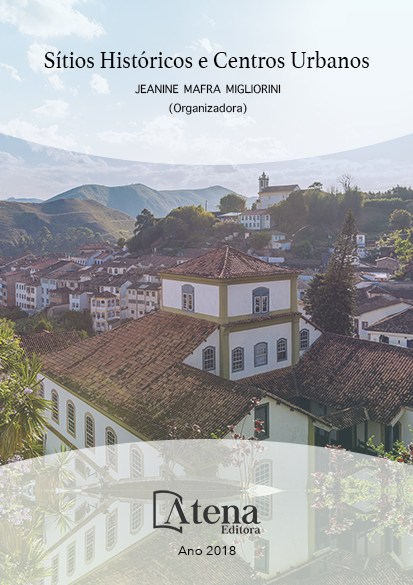
A reconstrução e sua evolução no meio patrimonial - Das ruínas ao Museu de Varsóvia
Este artigo pretende abordar a
evolução do debate sobre restauração e
conservação do patrimônio cultural a partir do
século XIX com base nas doutrinas teóricas e
cartas patrimoniais, dando ênfase à questão
referente a reconstrução, quando essa começa
a entrar em pauta e se consolida como
ferramenta de preservação. Muitas vezes a
teoria recorrente não é suficiente para solucionar
os problemas práticos de grandes proporções,
como destruições de bens culturais por guerras,
desastres naturais e outros sinistros. Temas
bastante delicados como as reconstruções,
onde as soluções geram margem para uma
polêmica, suscitam as mais diversas objeções
entre as correntes teóricas. Pretende-se analisar
também as tendências contemporâneas, com
o intuito de averiguar os princípios gerais que
deveriam guiar as intervenções desse nível.
O caso de Varsóvia é abordado, quando a
localidade foi destruída e seu povo clamou
pela sua reconstrução. A destruição do Centro
Velho e reconstrução do Museu de Varsóvia
são interpolados, destacando a inter-relação
entre os diversos temas a serem discorridos
no texto. Conclui-se que reconstrução é um
tipo de preservação que pode ser necessária,
quando os símbolos referentes a uma cultura
sobrevivem de forma excepcional na memória
de um grupo, e que estes precisam ser
preservados como identidade, salvaguardando
os aspectos culturais e sociais. Que os objetos
que chamamos de patrimônio sejam tratados
com a devida importância cultural, com toda sua
significância, seja material ou imaterial, e que
novas abordagens, discussões, que busquem
um ganho qualitativo para nossa cultura, sejam
realizadas sem um pré-conceito advindo de um
pensamento conservador.
A reconstrução e sua evolução no meio patrimonial - Das ruínas ao Museu de Varsóvia
-
DOI: Atena
-
Palavras-chave: Reconstrução; Patrimônio cultural; Restauro, Significancia Cultural, Varsóvia.
-
Keywords: Reconstruction; Cultural Heritage; Restoration; Cultural significance; Warsaw.
-
Abstract:
This article intends to board the
evolution of the discussion on restoration and
conservation of the cultural inheritance from the
century XIX on basis of the theoretical doctrines
and patrimonial letters, giving emphasis to the
question referring to reconstruction, when that
one begins to enter in list and is consolidated
like preservation tool. Very often the recurrent
theory is not sufficient to solve the practical
problems of great proportions, like destructions
of cultural goods for wars, natural disasters and
other accidents. Quite delicate subjects as the
reconstruction, where do the solutions produce
edge for a controversy, cause more several objections between the theoretical currents.
It intends to analyse also the contemporary tendencies, with the intention of checking
the general beginnings that should guide the interventions of this level. The case of
Warsaw is boarded, when the town was destroyed and his people cried out for his
reconstruction. The destruction of the Old Center and reconstruction of the Museum of
Warsaw is interpolated by them, when there are detaching the inter-relation between
several subjects to be talked in the text. There is ended which reconstruction is a type
of preservation that can be necessary, when the symbols referring to a culture survive
in the exceptional form in the memory of a group, and what these need to be preserved
like identity, safeguarding the cultural and social aspects. That the objects that we call
an inheritance are treated with the proper cultural importance, with all his signification,
be material or immaterial, and which new approaches, discussions, which look for a
qualitative profit for our culture, are carried out without a daily pay-concept resulting
from a conservative thought.
-
Número de páginas: 15
- Daniel de Almeida Moratori


